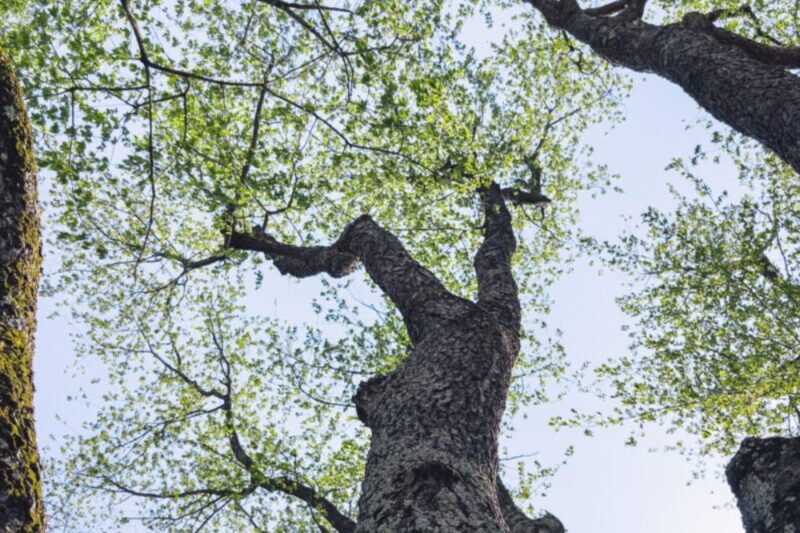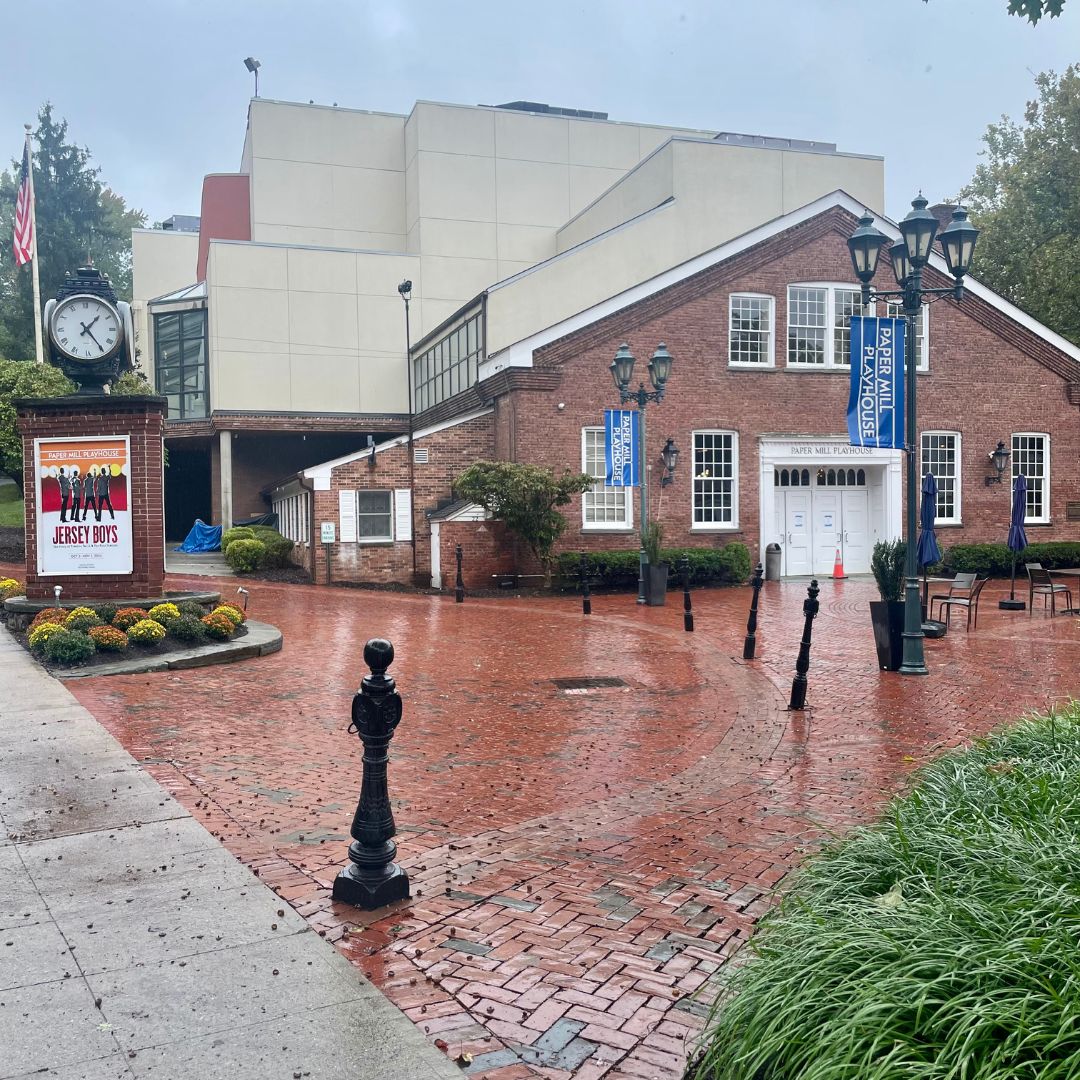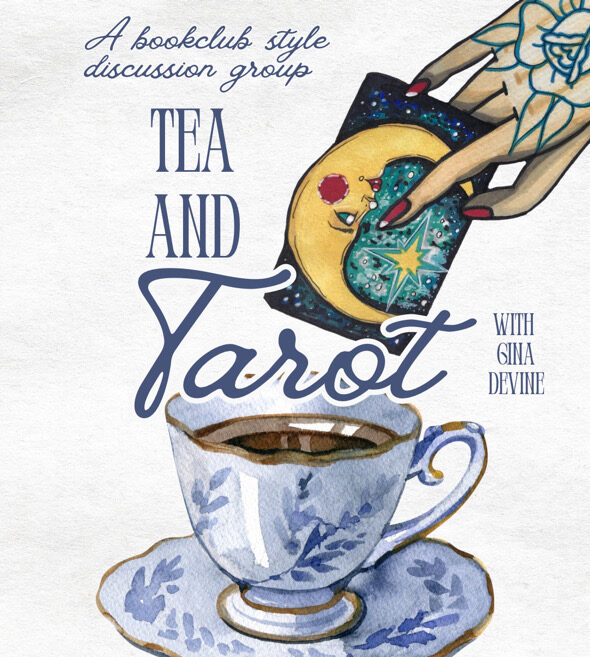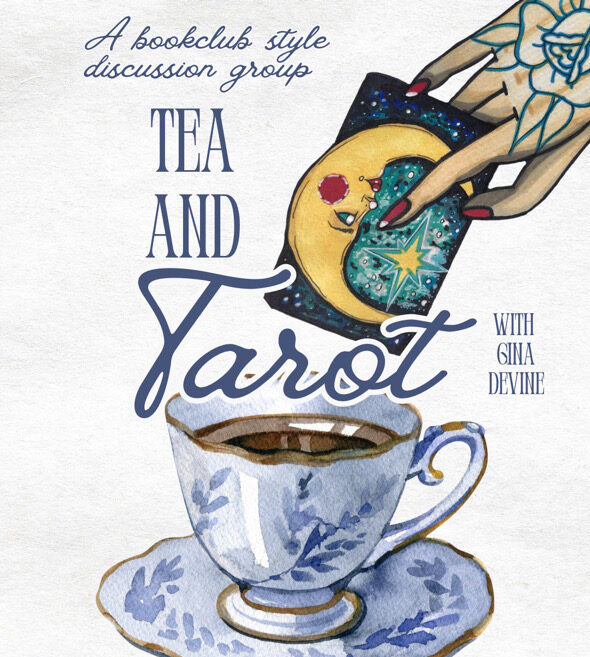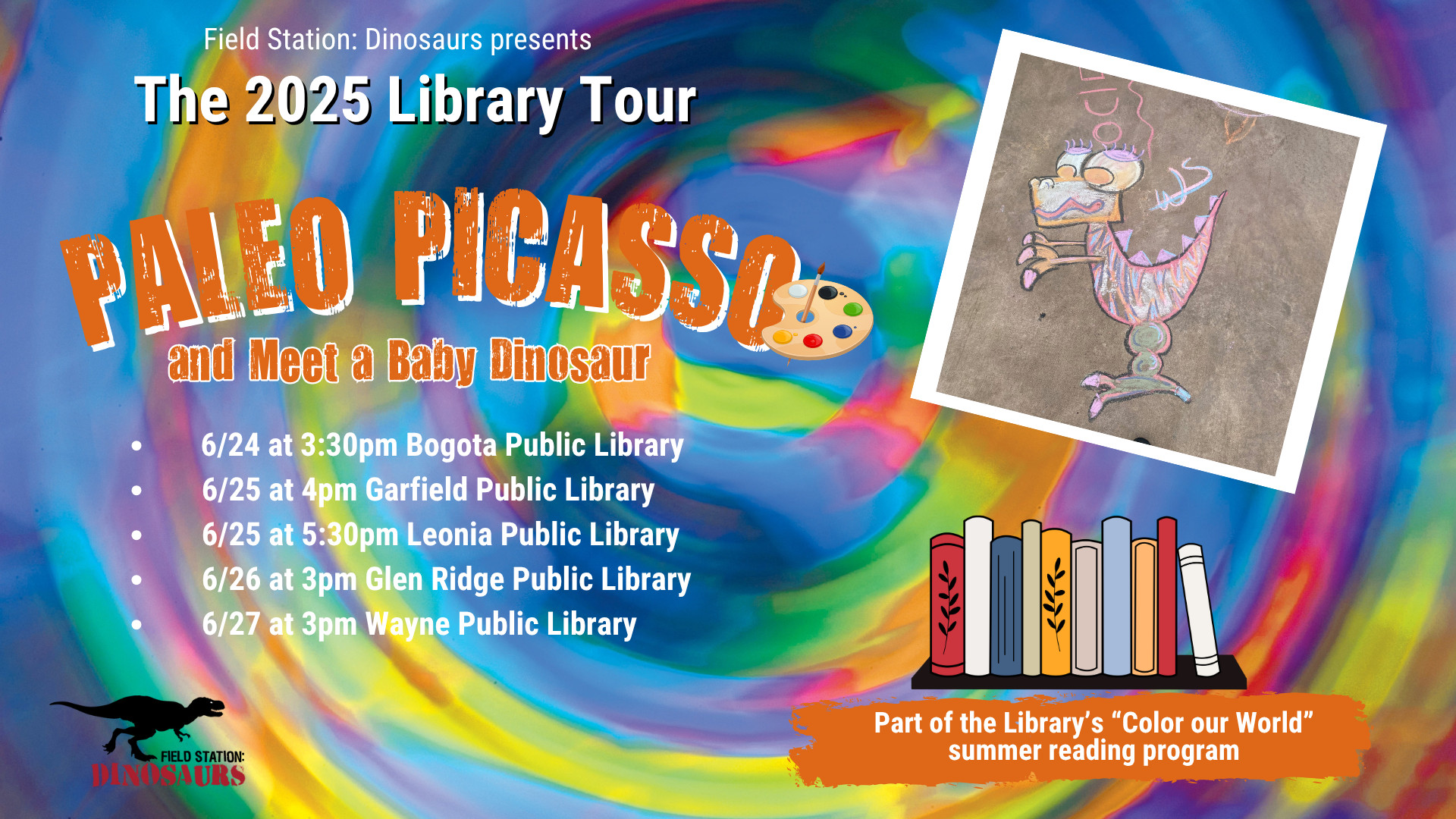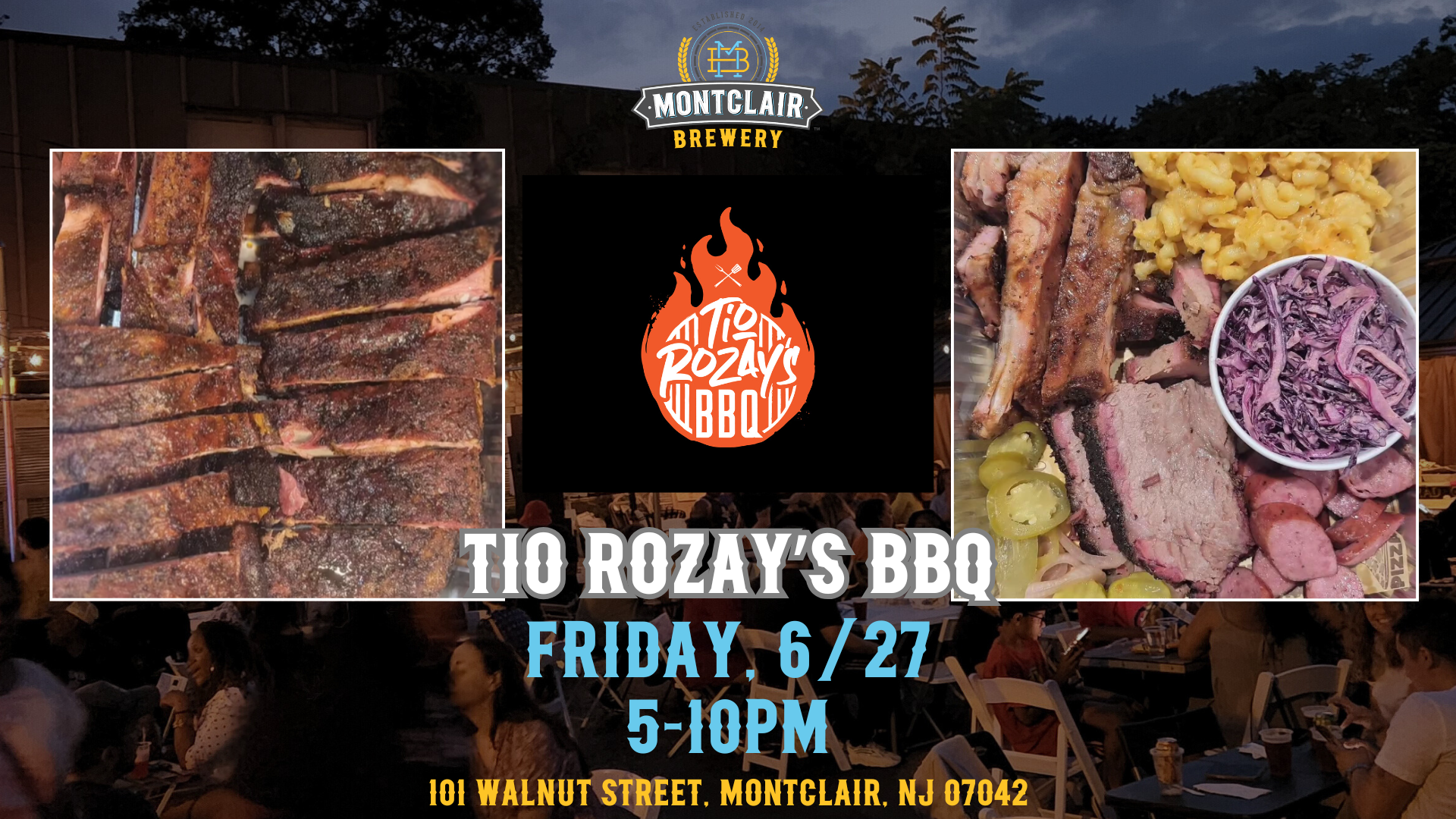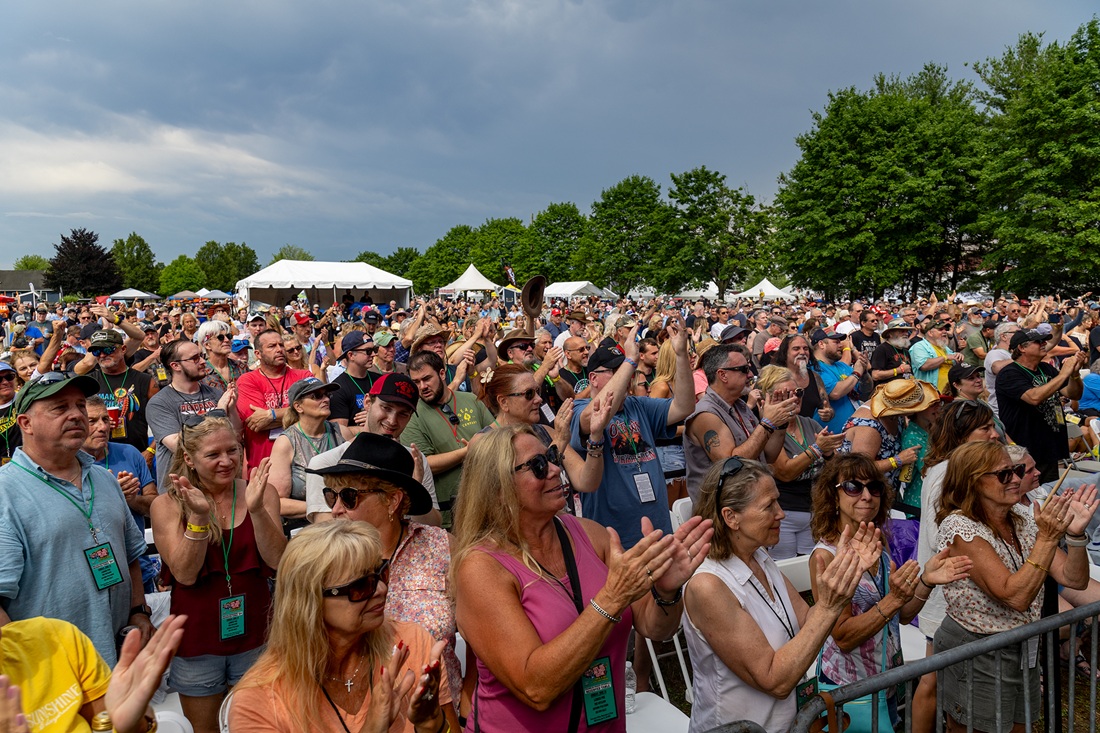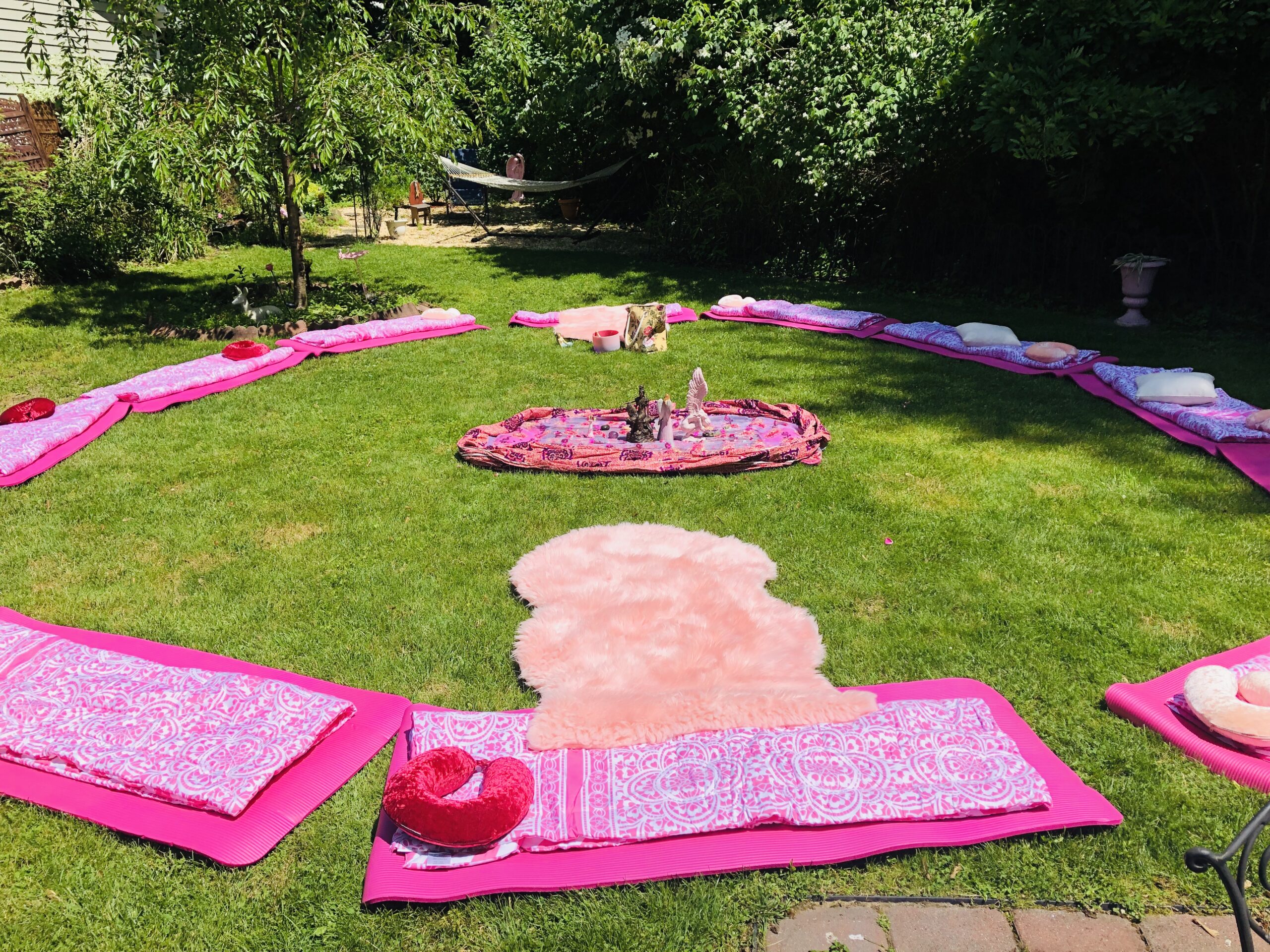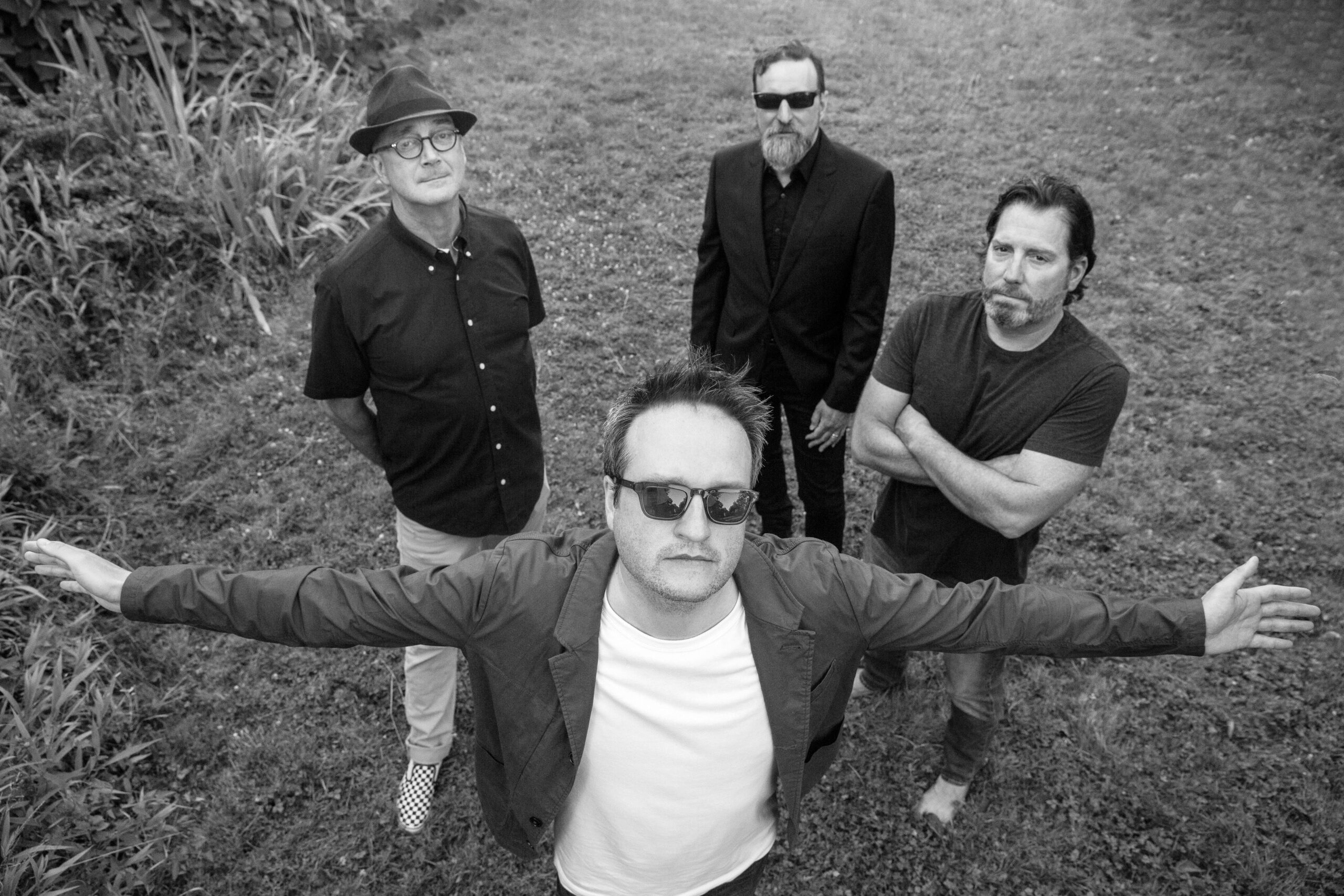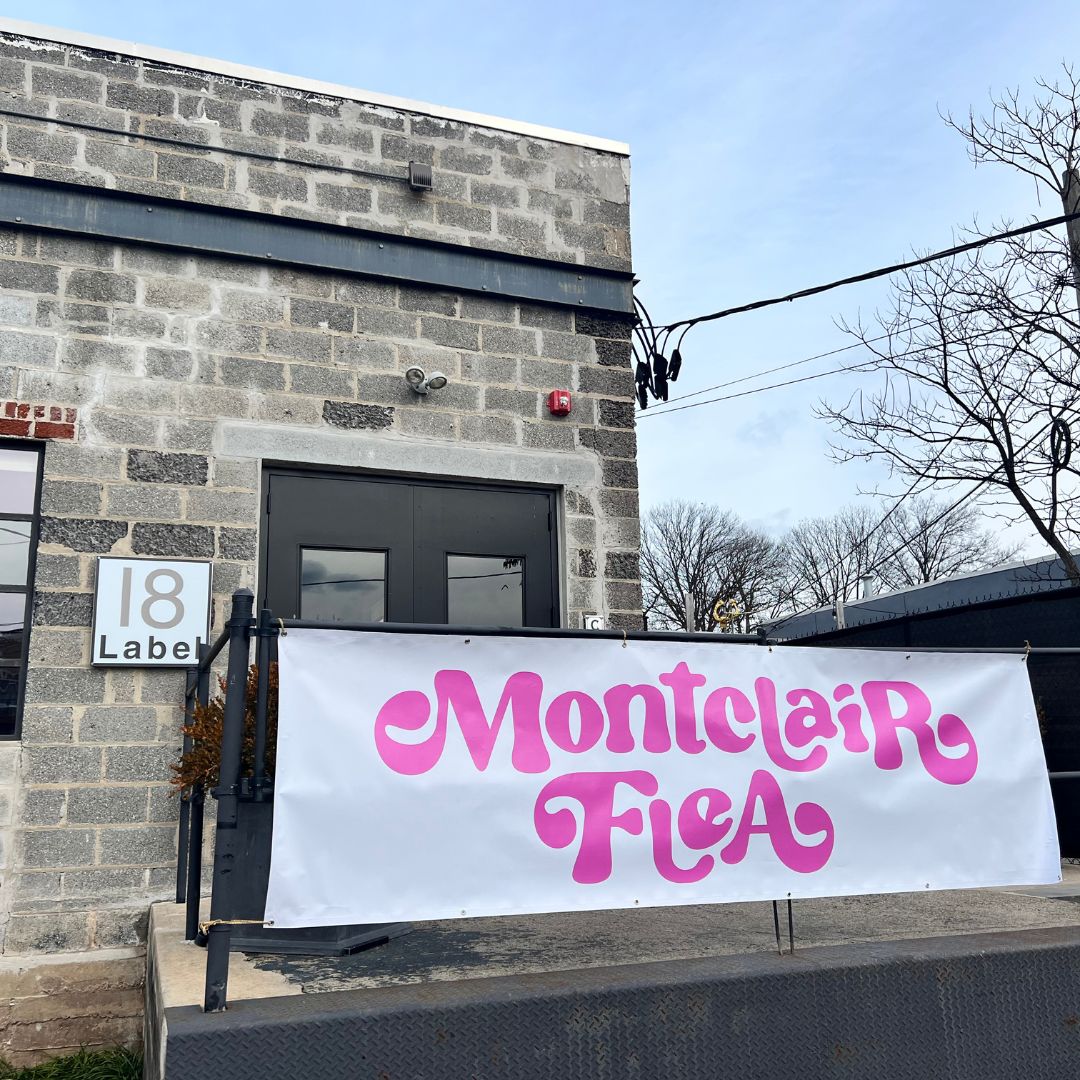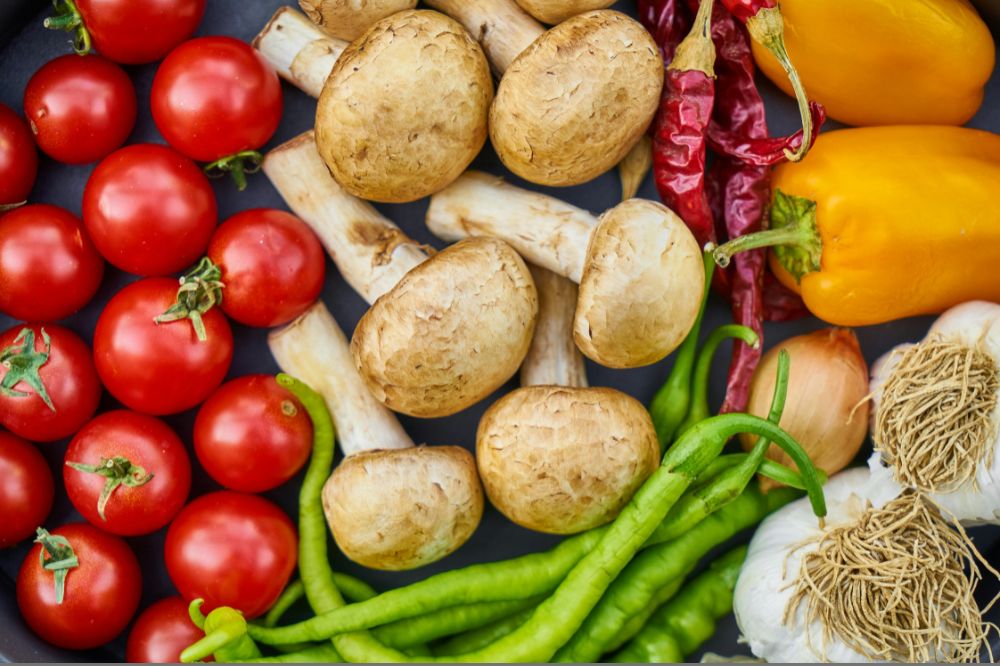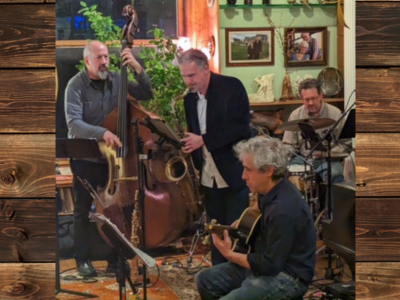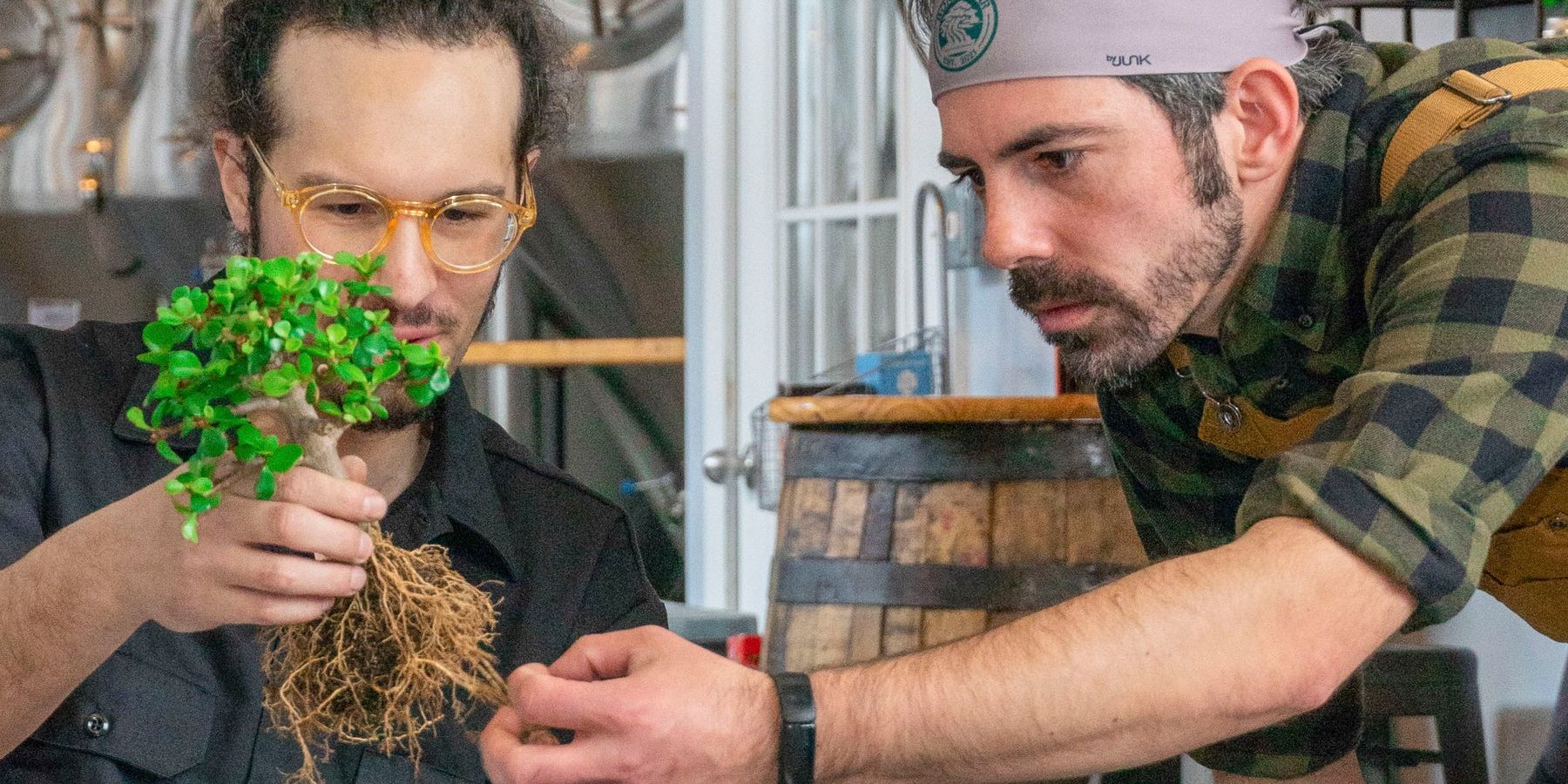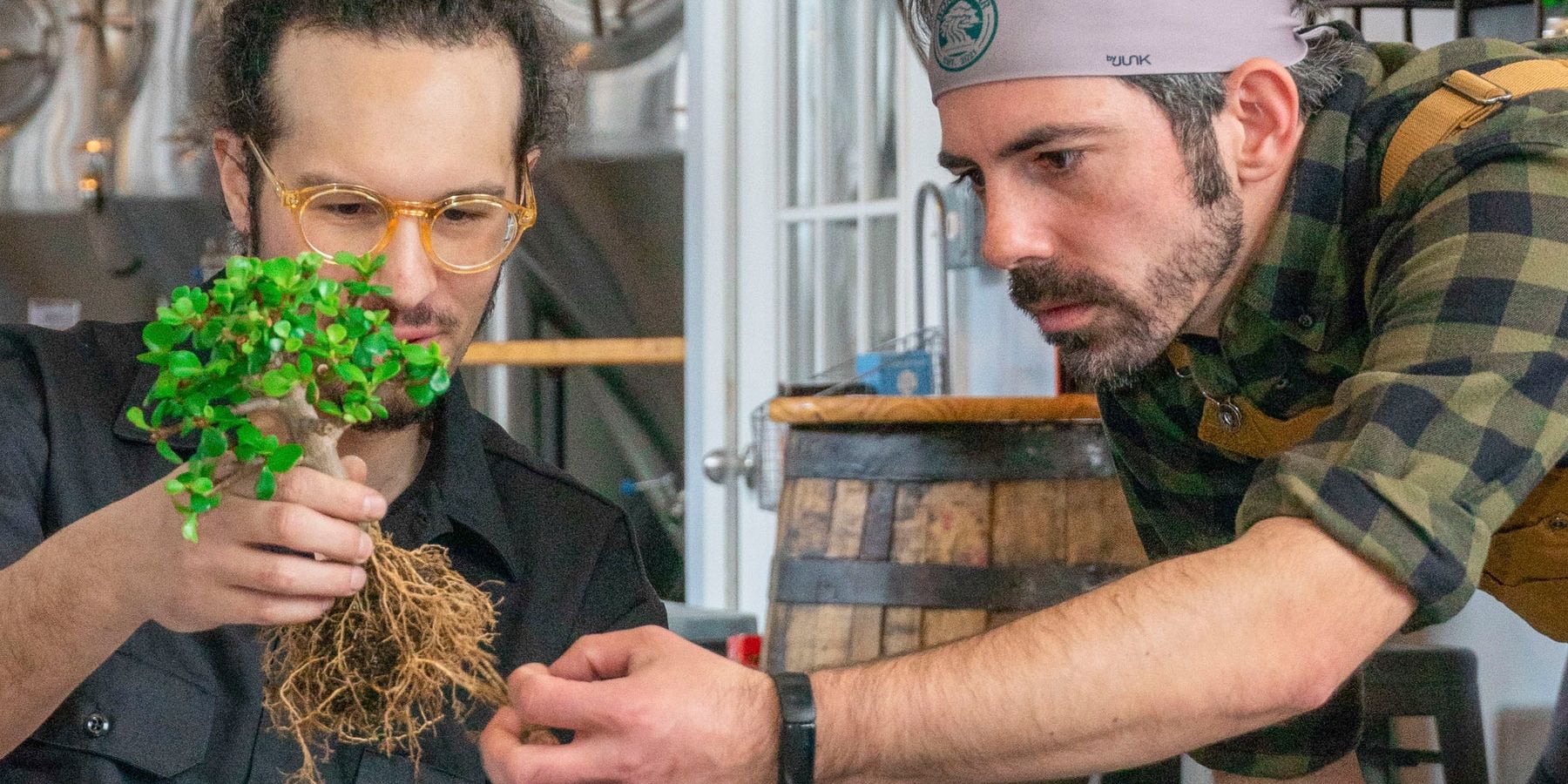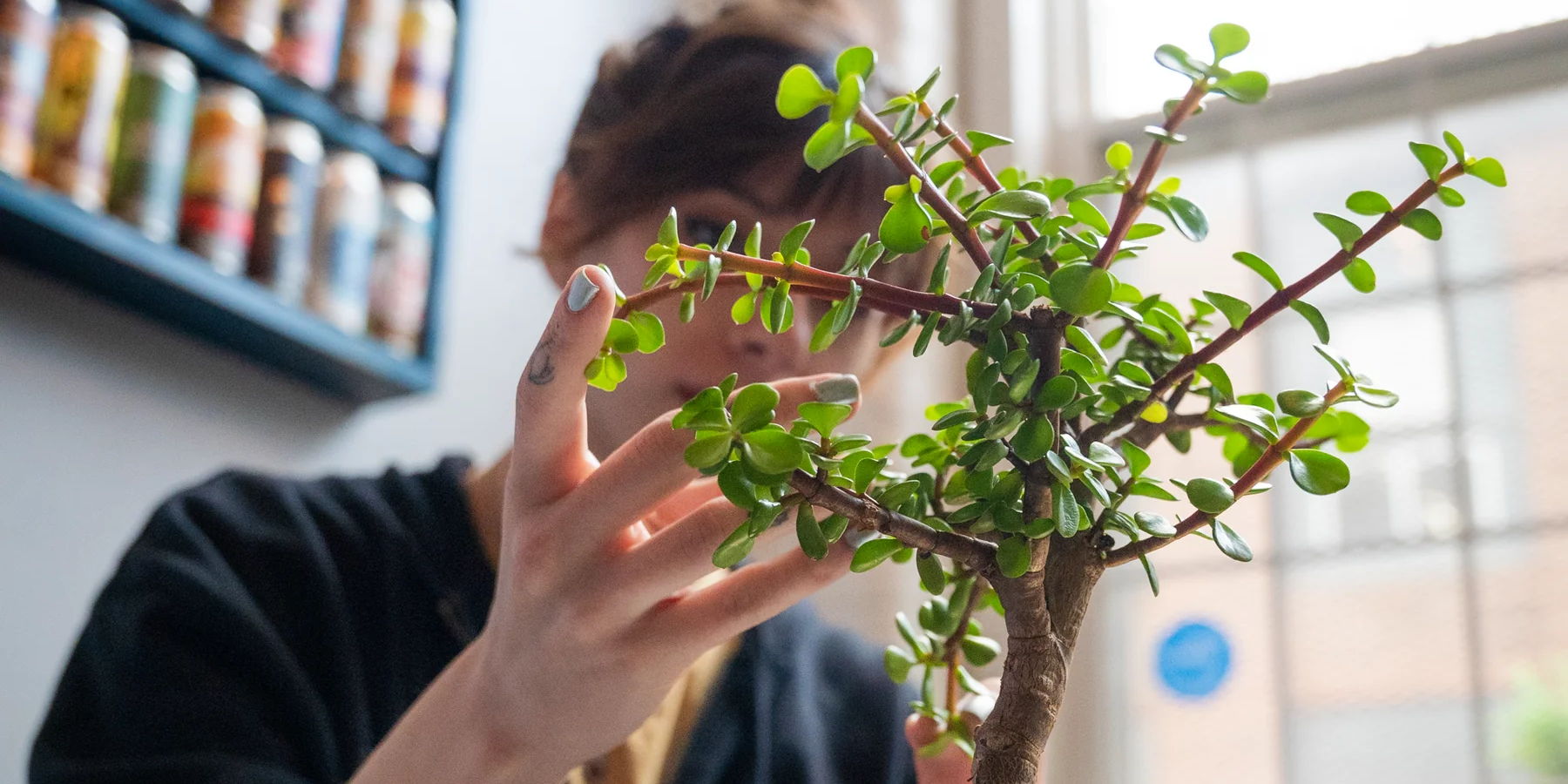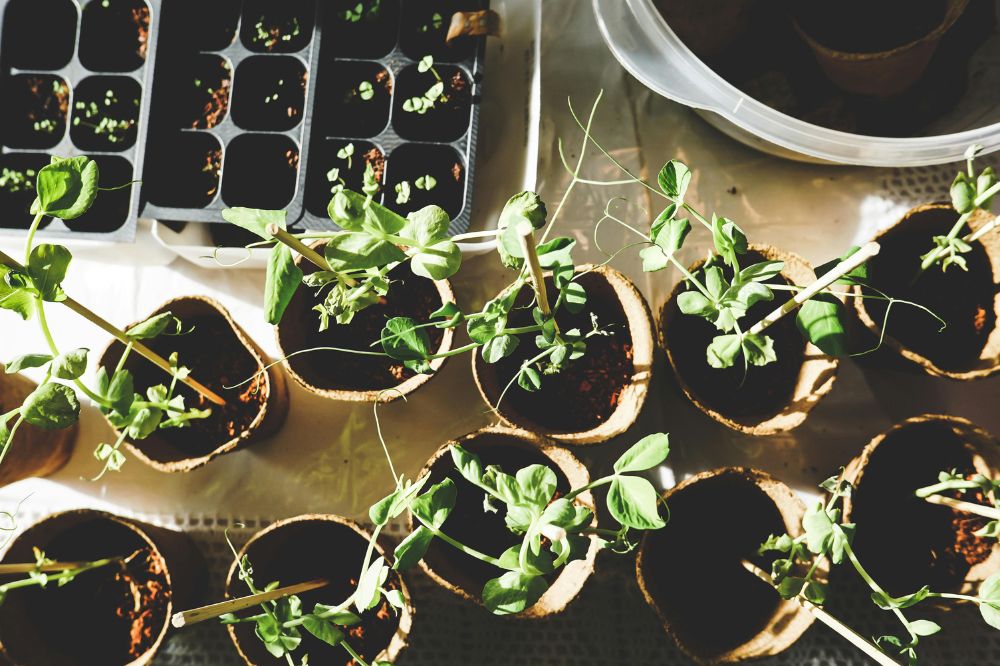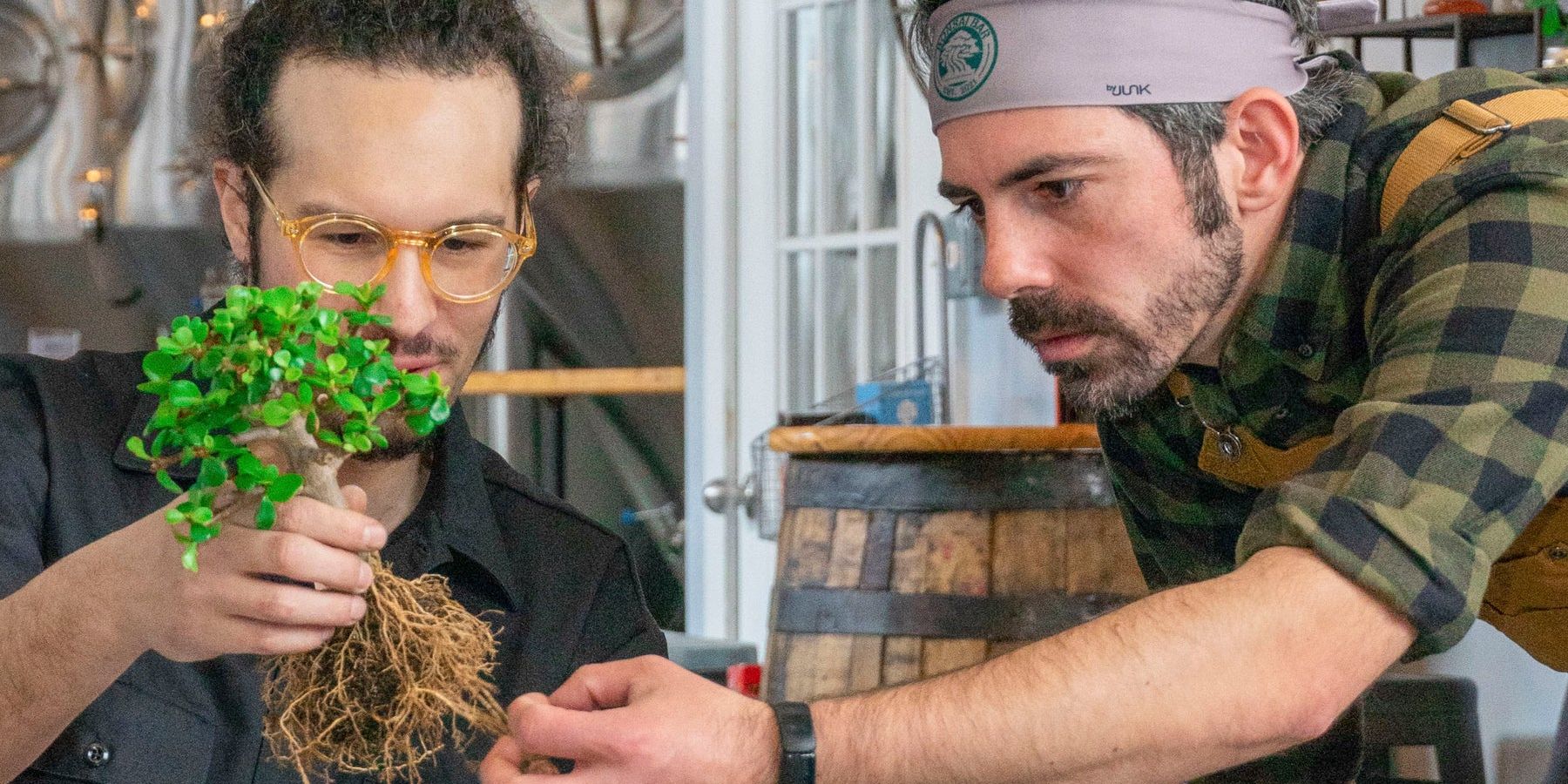Even though we are the Garden State, there is less true wilderness than ever before. New Jersey is one of the most populated and densely developed states in the US, especially here in North Jersey. As the suburbs have expanded and grown to overtake forested land, native animals and insects have come to rely on what we grow in our backyards. This means that what we choose to plant on our properties can greatly impact the availability of food and habitat for the critters that reside alongside us. With this awareness, we’ve put together a list of ten native trees to plant in your garden and how they help provide for the environment. Read on for some Earth Day inspo and which native trees to plant in your North Jersey yard.
Sugar Maple | Acer saccharum
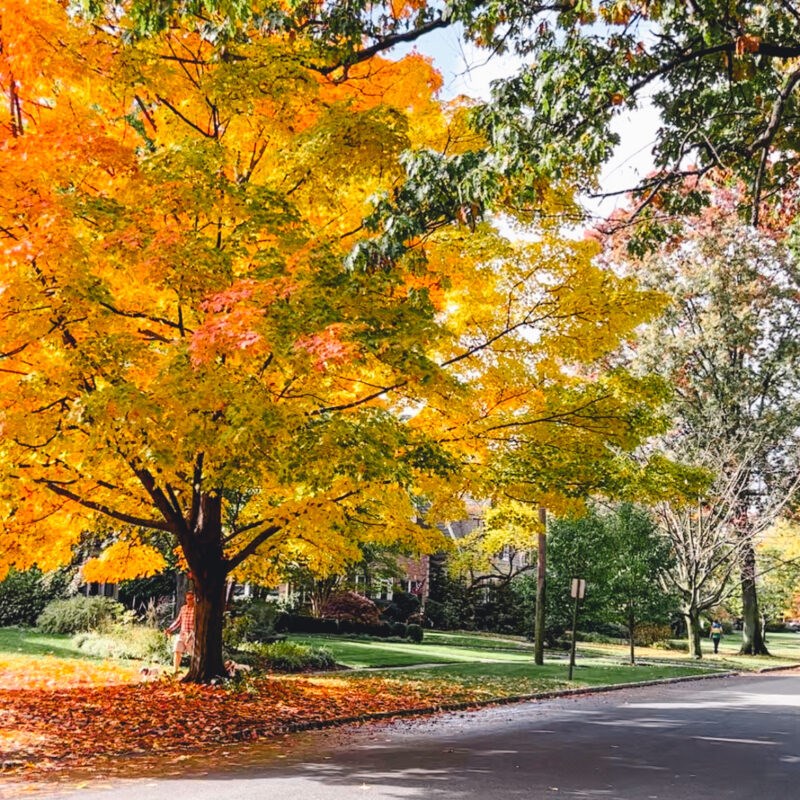
The sugar maple is a magnificent tree that you’ve certainly seen around town. It grows in the landscape up to 75 feet with a rounded crown, wide-spreading branches, and a straight trunk, which produces a shady canopy that makes it attractive in a backyard or front lawn. Its distinctive leaves are the ones found on Canada’s flag (it’s their national tree) and in the fall it produces a rainbow of bright autumn hues more brilliant than any other species. These trees produce maple syrup, its wood is used in furniture, it attracts birds for habitat, and the tree also is of special value to honey bees. Sugar maples like sun-to-shade conditions, prefer moist, well-drained soils, but do not do well with high salt or excessive heat.
Read More: The Best New Jersey Gardens to Enjoy This Spring + Summer
Canadian Serviceberry | Amelanchier canadensis
If you’re looking for a smaller tree that still provides habitat and food for wildlife, the serviceberry is a good choice. These understory specimens grow between 6-20 feet high and resemble more of a shrub. They have beautiful long petaled, white blossoms with small, apple-like fruits. In the fall they turn an attractive orange or rust-colored red. Serviceberries get their names because they are an important browse and food plant for birds and other wildlife. They also have special value to native bees. Serviceberries like sun-to-shade conditions and prefer moist, well-drained soils.
Eastern Redbud | Cercis canadensis
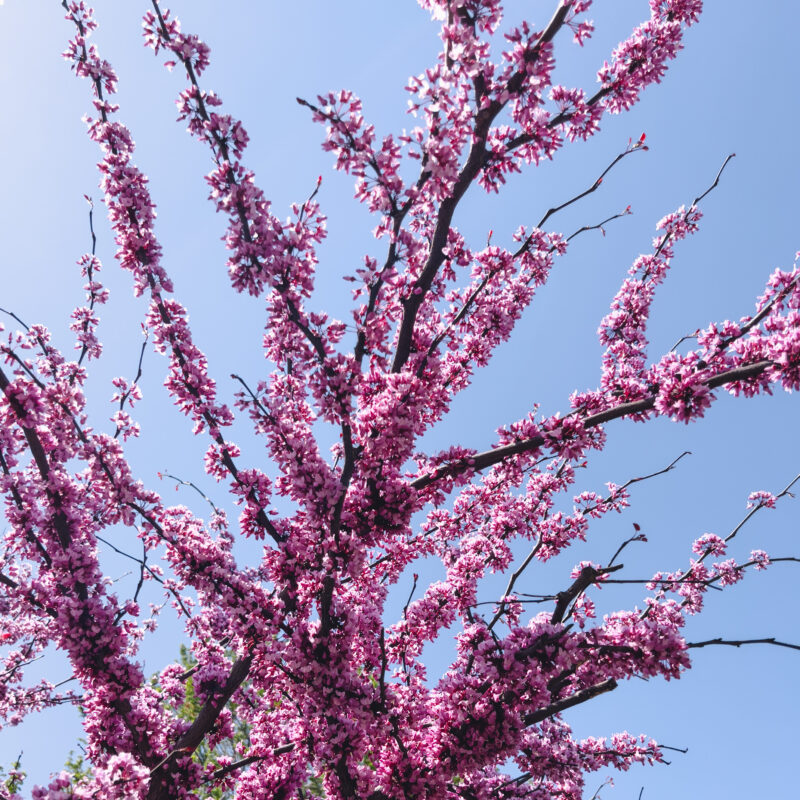
Montclair is blooming with Eastern Redbuds. This short tree grows between 15-30 feet and in spring features beautiful pink flowers that grow in tight clusters along stems and branches. The flowers and buds are edible and high in vitamin C and can be put in salads, breads, and other baked goods. Twigs can be used to produce a natural yellow dye. With fragrant flowers, this moderately deer-resistant tree attracts birds and is of special value to native bees. Redbuds grow in part to full shade, preferring moist and fertile, well-drained soils.
Flowering Dogwood | Cornus florida
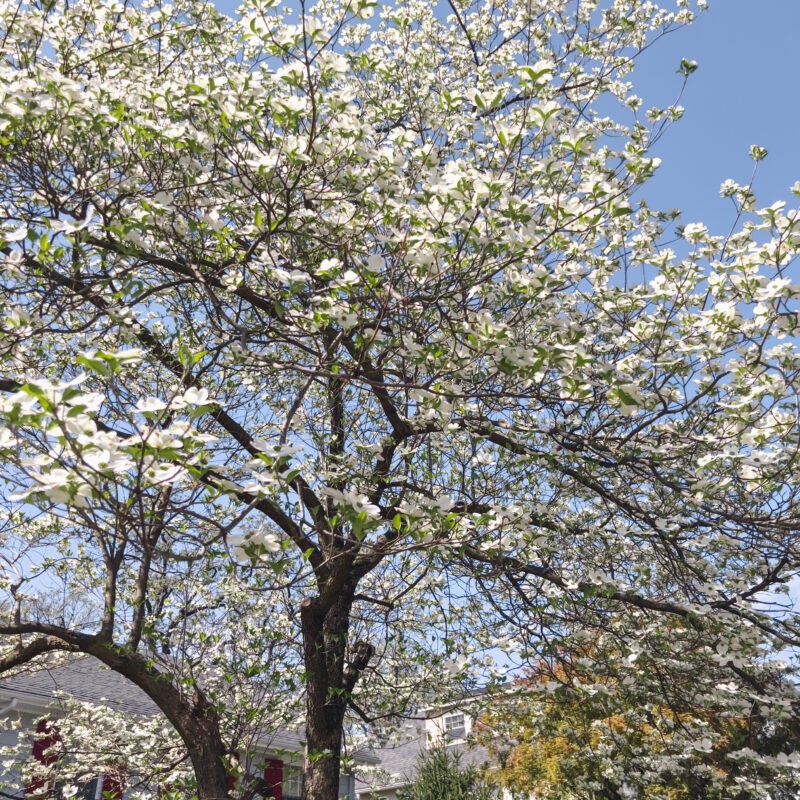
Also known as a Virginia or Florida Dogwood, the Flowering Dogwood is a highly popular native tree known for its early spring flowers which are showy and long-lasting. This understory tree grows from 20-40 feet and is popular on many Montclair front lawns. Its red fruit provides food to birds, small mammals, and deer. The Dogwood attracts birds and butterflies, is of special value to native bees, and also is a larval host for the Spring Azure butterfly. In the past, the dried bark was used for treating fevers during the Civil War, and the roots were used by native tribes to make a natural scarlet dye. Dogwoods like part to full shade, and prefer dry to moist, well-drained soils.
American Holly | Ilex opaca
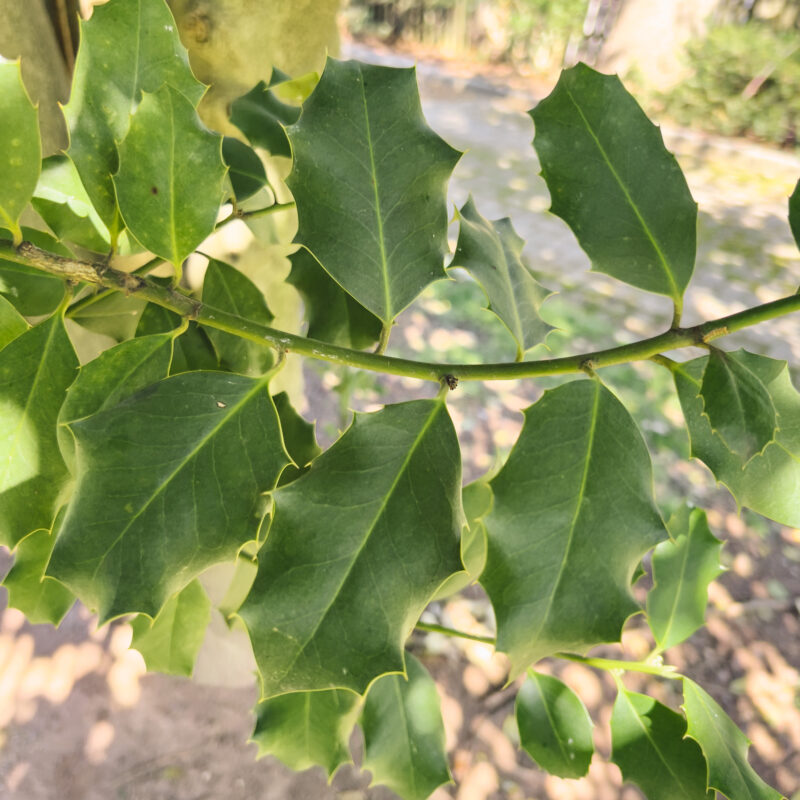
Popular to use for Christmas decorations (it is also referred to as the Christmas or Yule Holly), this evergreen tree can grow as tall as 60 feet in the warmer regions within its range. Its dark green, spine-tipped leaves are attractive and colorful all year round. This tree is a long-living species perfect for ornamental uses like screens, mass plantings, and for understory interest. Bright red berries grow on female plants and will attract many birds and small mammals. The trees also provide nesting sites and habitat, including acting as a larval host for the Henry Elfin butterfly. The American Holly grows well in sun to shade and prefers moist, well-drained soils.
American Sweetgum | Liquidambar styraciflua
You might remember the telltale sign of the Sweetgum from your childhood — these are the trees that produce those round spiky balls that you likely kicked around the playground. Sweetgums are tall trees, growing 75 feet in cultivation and up to 130 feet in the wild. Their leaves are star-shaped and in the fall develop into deep purples and reds. This tree is a fast-growing, long-living, shade tree that attracts several bird species. It is used for cover, as a nesting site, and for fruit to feed birds and mammals. The Sweetgum requires part shade, and prefers deep, alluvial loams.
Tulip Tree | Liriodendron tulipifera
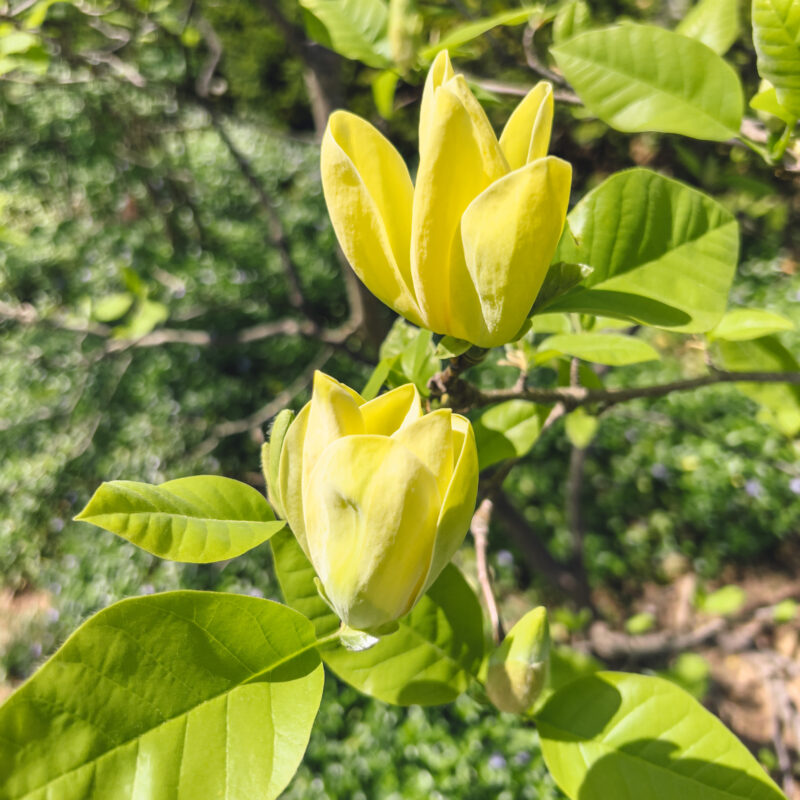
The Tulip (AKA Tulip Poplar, Yellow Poplar) was Marie Antoinette’s favorite tree. To the queen of France, New Jersey’s native was such an exotic and wondrous specimen that she had them imported to plant in her garden at Versailles. Why did she love it so much? Because the Tulip Tree is full of large unique flowers that resemble tulips. These straight and tall trees can grow up to 150 feet and are a favorite nesting tree for birds. The flowers attract hummingbirds and butterflies, serving as a larval host for the Eastern Tiger Swallowtail. They are also of special value to honey bees. Tulip Trees can grow in sun to shade, and prefer rich, moist soils.
Sweet Crabapple | Malus coronaria
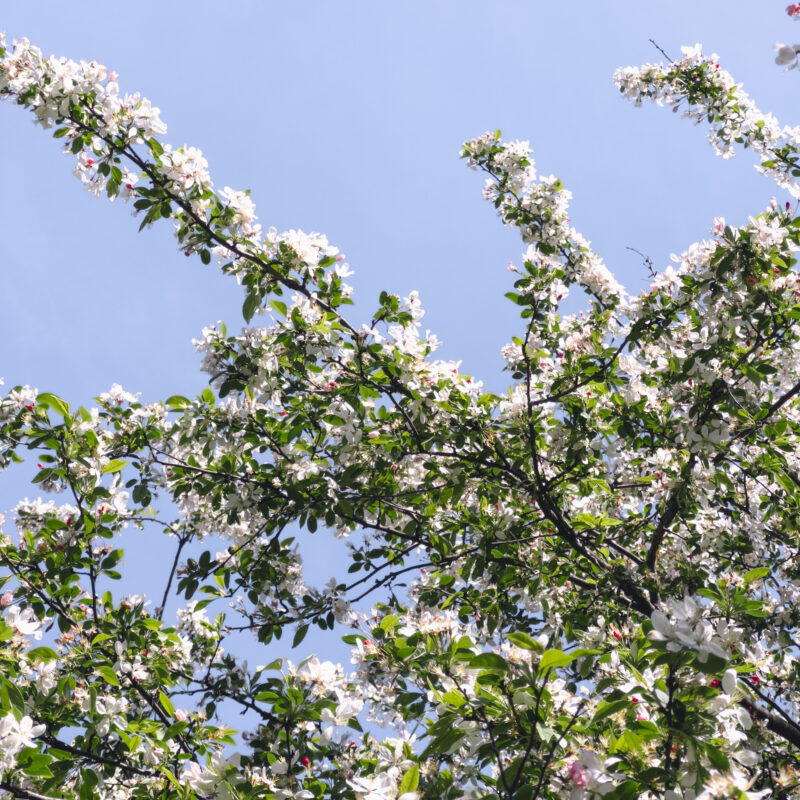
Crabapples are small trees with beautiful white and rose flowers, growing 20 to 30 feet tall. They are popular for lining streets and as ornamentals because of their spring flowering and decorative fruits. Wildlife uses Crabapples for nesting, shelter, and for food. This tree attracts birds, and is of special value to native and bumble bees.
Black Cherry | Prunus serotina
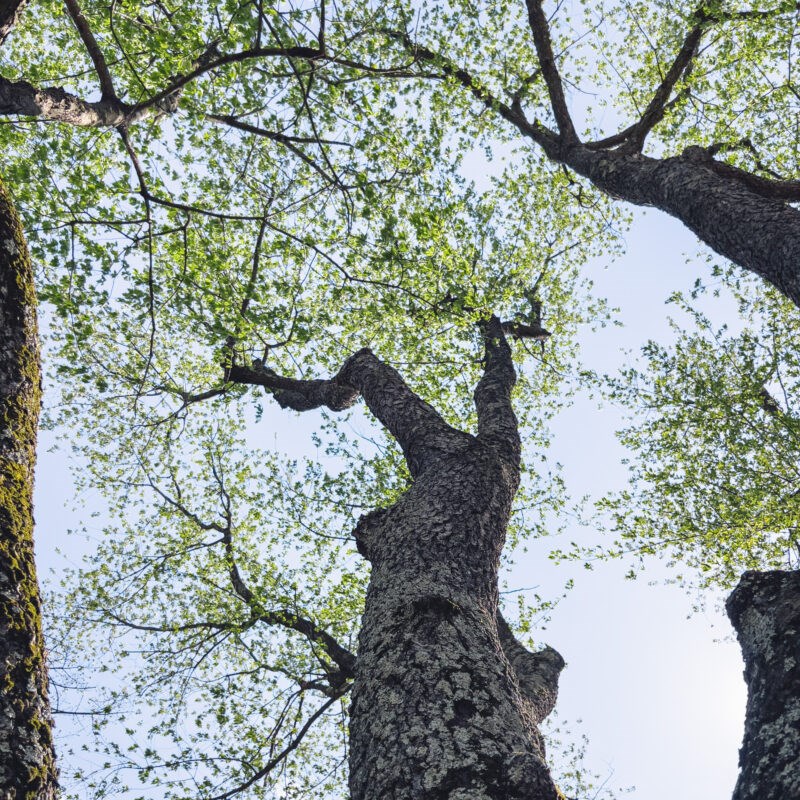
Also called the Rum Cherry, these native cherry trees were once used by early settlers to make alcohol. They are the most important native cherry species, growing anywhere from 25-110 feet and providing valuable wood for furniture among other tools. In the past, the bark was used for as part of an old cough syrup remedy, and the fruits were made into jelly and wine. These trees are showy, with attractive foliage in fall with ornamental blooms of fruit. Thirty-three species of birds and mammals consume its fruit and it attracts birds, butterflies, honey, and bumble bees. It is a source of nectar and well as a larval host to more than nine important butterfly species. The Black Cherry grows in sun to shade, preferring well-drained soils.
See More: Greenwood Gardens, A Hidden Gem in Short Hills
White Oak | Quercus alba
Last, and certainly not least, the White Oak is the most important tree you can plant from this list. Oaks are keystone species, meaning they are a single tree that can support an entire ecosystem of animals and insects, providing food for more than 100 vertebrate species and many more invertebrates. This tree grows 80 to 100 feet tall and its large branches and massive trunk provide shelter to birds and mammals. Oaks live for hundreds of years, can intercept thousands of gallons of storm runoff, and its leaves turn a gorgeous burgundy in the fall. Wood from White Oaks is used for furniture and whiskey barrels, while its acorns are a favorite food source for birds, squirrels, and deer. White Oaks can be grown in sun to part shade, preferring moist, well-drained loams.

